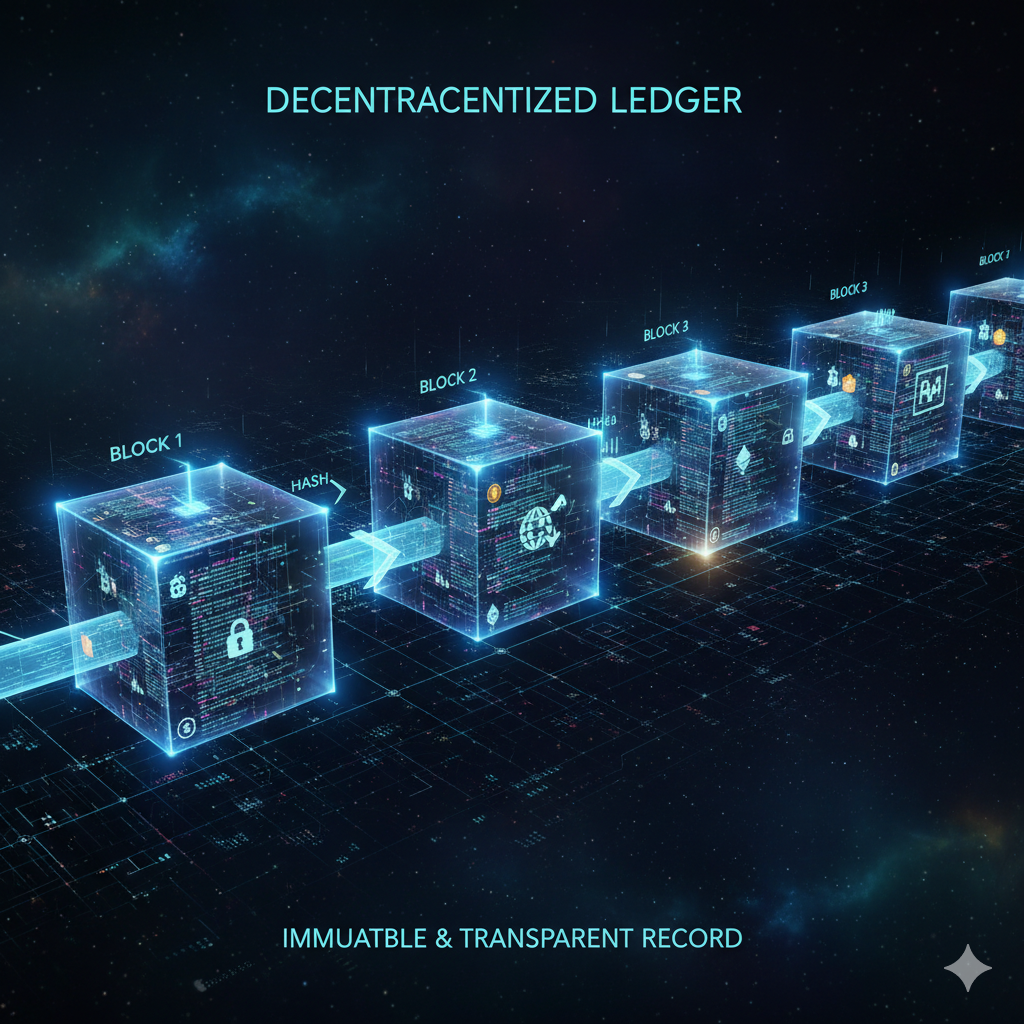For nearly a decade, blockchain technology operated on a frustrating paradox. It promised a decentralized, open, and efficient future, yet delivered an experience for the average user that was slow, prohibitively expensive, and complex. The dream of “mass adoption” felt perpetually just over the horizon, always blocked by the “scalability problem.”
2025 is the year that narrative permanently broke.
Looking back at 2025, it’s clear this was the year Layer-2 scaling solutions (L2s) moved from a niche, theoretical fix to the primary blockchain experience. The breakout wasn’t a single event but a perfect storm of four key catalysts: the delayed-action payoff of core technical upgrades, the maturation of competing rollup technologies, a massive migration of real-world applications, and the first serious, large-scale adoption by traditional institutions.
This wasn’t just an incremental improvement; it was a fundamental phase shift.
1. The “Dencun Hangover”: EIP-4844’s Payoff
The biggest driver for 2025’s L2 explosion was actually a seed planted in March 2024: Ethereum’s Dencun upgrade, which introduced EIP-4844 (or “Proto-Danksharding”).
This upgrade introduced a new, temporary data storage mechanism called “blobs.” Instead of L2s posting their transaction data to Ethereum’s permanent, expensive “calldata,” they could now dump it into these cheap, temporary blobs.
In 2024, this was a “buy the rumor” event. In 2025, it became a “sell the news” reality. It took months for major L2s like Arbitrum, Optimism, Base, and zkSync to re-architect their platforms to fully utilize this new data layer.
The results, once they landed, were staggering. Transaction fees on these networks didn’t just dip; they plummeted by 90-95%. We saw retail user counts on L2s surge by over 40% in the first half of 2025 alone. The “gas fee” problem, while not eliminated, was effectively solved for the vast majority of consumer applications. This economic shift didn’t just make things cheaper; it unlocked entirely new business models that were previously impossible, from high-frequency on-chain gaming to micropayment-based social media.
2. The Great Migration: Developers and Institutions Follow the Fees
Cheap fees were the catalyst, but the migration was the confirmation. In 2025, we stopped asking “if” dApps would move to L2 and started watching “who” was next.
For Developers & dApps: This was the year of the “L2-native” application. New projects in Decentralized Finance (DeFi), gaming (GameFi), and social media (SocialFi) began launching only on L2s. The “security of Ethereum L1” was still the foundation, but the user-facing application layer became the exclusive domain of L2s. We saw on-chain gaming, where every action is a transaction, finally become viable.
For Institutions & Real-World Assets (RWAs): More importantly, 2025 was the year institutions stopped experimenting and started integrating. The most telling example came from JPMorgan, which used Coinbase’s L2, Base, to tokenize deposits (JPMD). This wasn’t a “proof of concept”; it was a global financial titan using a public L2 for a core financial product.
This trend was most visible in the Real-World Asset (RWA) sector. The market for tokenizing real estate, bonds, and private equity—which analysts projected could hit $16 trillion by 2030—needed a fast, cheap, and secure ledger to trade these assets. Layer-2s became the default choice, and the RWA market on-chain quickly swelled to over $25 billion by the end of 2025.
3. The Two-Front War: ZK-Rollups Mature and Bitcoin L2s Emerge
While Ethereum’s L2 ecosystem was booming, it wasn’t the only story. 2025 saw the “L2” concept explode on two other fronts, solidifying its place as the definitive scaling solution.
The ZK-Rollup vs. Optimistic Rollup Debate Settled: For years, the L2 space was a technical battle between two “rollup” methods. Optimistic rollups (like Arbitrum and Optimism) were faster to market and dominated in Total Value Locked (TVL). ZK-rollups (like zkSync and Starknet) were more complex but promised faster finality and enhanced privacy.
In 2025, this “war” ended in a truce. The market realized it needs both. Optimistic rollups remain the workhorses for EVM-compatible DeFi, with Arbitrum alone holding over $10 billion in TVL. Meanwhile, ZK-rollups finally matured, their technology no longer just theoretical. They began to capture a new wave of applications in high-frequency payments and privacy-centric dApps that Optimistic rollups couldn’t serve.
The Bitcoin L2 “Sleeper” Awoke: The most surprising development of 2025 was arguably the explosion of Bitcoin Layer-2s. For most of its life, Bitcoin was seen as a pure store of value—digital gold. Its programmability was limited.
In 2025, projects like Botanix, Bitlayer, and the continued growth of the Lightning Network aggressively challenged this. They began unlocking smart contract functionality on top of Bitcoin, leveraging its unparalleled security. This unlocked a torrent of capital and innovation, turning Bitcoin from a passive asset into a productive one.
4. The User Experience (Finally) Got Out of the Way
The final, and perhaps most important, piece of the breakout puzzle was the user experience. For the first time, using a dApp didn’t feel like you were rewiring a server.
The combination of sub-cent fees, 3-minute bridging times between chains, and improved “chain-agnostic” wallets meant the infrastructure finally became invisible. Through direct integrations, users could be on-boarded from an exchange like Coinbase directly onto an L2 like Base, often without even knowing they were “on-chain.”
They didn’t know they were using a “Layer-2” or a “rollup.” They just knew the app was fast, cheap, and it worked.
Conclusion: The Foundation Is Laid
2025 wasn’t the year a single “killer app” took over the world. It was the year the foundation for all future killer apps was finally laid.
The scalability “war” that defined crypto’s last decade has been decisively won. The delayed payoff of EIP-4844, the maturation of ZK-rollups, the serious entry of institutions, and the unexpected rise of Bitcoin L2s created an ecosystem that is finally ready for the masses.
The question in blockchain has officially shifted from “Can it scale?” to “What will you build on it?” And in 2025, the answers finally started to arrive.


